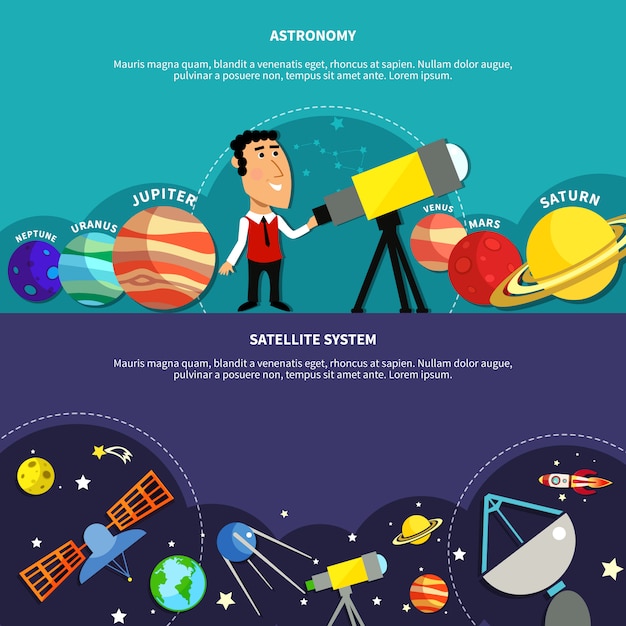5 Fascinating Facts About the Solar System

The solar system is over 4.6 billion years old.
Saturn’s rings are made up of ice particles.
The Sun’s diameter is about 109 times that of Earth.
Mars has the tallest volcano in the solar system, Olympus Mons.
Venus is the hottest planet in our system, with average surface temperatures around 900 degrees Fahrenheit.
Jupiter’s Great Red Spot is a massive storm that has been raging for over 300 years.
The solar system is home to the largest volcano and widest canyon in our entire known universe.
Uranus is known as the sideways planet because it rotates on its side.
The Sun contains about 99.86% of the total mass in the solar system.
Neptune’s color is a deep blue due to the presence of methane in its atmosphere.
Mercury is the closest planet to the Sun and also the smallest.
The solar system is constantly traveling through space at an average speed of 515,000 miles per hour.
Ganymede, a moon of Jupiter, is the largest moon in the solar system.
The outermost planet in our system, Neptune, was not discovered until 1846.
There are more known moons orbiting Jupiter than any other planet in the solar system.
Earth is the only planet in the solar system known to support life.
The Sun is so large that approximately 1.3 million Earths could fit inside it.
Saturn’s rings are made up of trillions of individual particles, ranging in size from tiny grains to huge boulders.
5 Fascinating Facts About the Solar System part 2
Venus has no moons or natural satellites.
The solar system is located in the Milky Way galaxy, which contains billions of other stars.
Mars has the biggest dust storms in the solar system, which can last for months.
Jupiter has a strong magnetic field that is 14 times stronger than Earth’s.
The highest mountain in the solar system, Olympus Mons, is nearly three times the height of Mount Everest.
The fastest winds in the solar system can be found on Neptune, reaching speeds of up to 1,500 miles per hour.
Pluto used to be considered the ninth planet in the solar system until its reclassification as a dwarf planet in 2006.
Our moon is the fifth largest moon in the solar system.
Uranus takes about 84 Earth years to complete one orbit around the Sun.
Mercury’s surface temperature can reach extreme highs of 801 degrees Fahrenheit and extreme lows of -290 degrees Fahrenheit.
Venus rotates in the opposite direction to most other planets in the solar system.
Saturn is the second biggest planet, but it has the lowest density.
Io, one of Jupiter’s moons, is the most geologically active object in the solar system.
The Great Red Spot on Jupiter is large enough to fit two Earths inside it.
The solar system is home to a unique asteroid belt located between the orbits of Mars and Jupiter.
Titan, one of Saturn’s moons, has the thickest atmosphere of any moon in the solar system.
The Sun is so massive that its gravity holds all the planets, moons, and other objects in the solar system in orbit.
The largest volcano on Earth, Mauna Loa in Hawaii, is still dwarfed by Olympus Mons on Mars.
Earth is the only planet known to have plate tectonics and active volcanoes.
Jupiter has a faint ring system, which is composed mainly of dust particles.
The first spacecraft to visit another planet was Mariner 2, which flew by Venus in 1962.
The solar system was formed from a giant rotating cloud of gas and dust called the solar nebula.
Pluto has a thin atmosphere that freezes and collapses when it moves away from the Sun.
A year on Mercury is only 88 Earth days long, but a day on Mercury (one rotation) takes 59 Earth days.
The surface gravity on Jupiter is about 24.8 times stronger than Earth’s.
The Kuiper Belt, located beyond Neptune’s orbit, contains numerous small icy objects, including dwarf planets like Pluto and Eris.
The solar system is mind-blowingly vast, extending over a distance of about 4.24 light-years from the Sun to its furthest known planet, Neptune.

